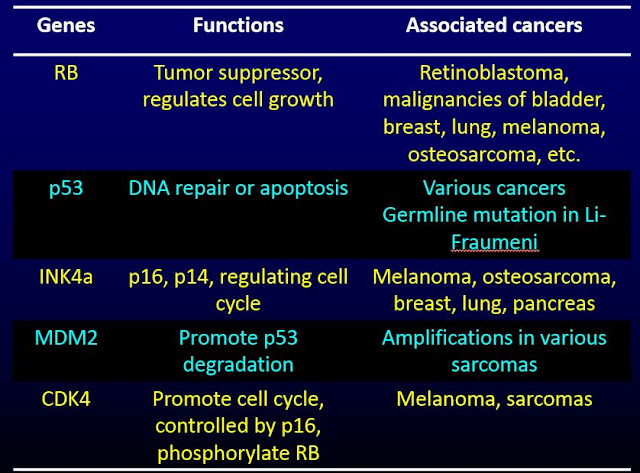Ewing sarcoma Updated: 08/12/2022 © Jun Wang, MD, PhD General features AKA primitive neuroectodermal tumor (PNET) #2 bone sarcoma in children, after osteosarcoma Usually whites, ages 5-20 years Possible multiple lesions at presentation 5 year survival near 75% Clinical presentations Pain, fever, weight loss Most common sites Medullary cavity, usually shaft Femur, tibia, humerus, etc Key pathogenesis EWS-Fli1 activates Cyclin D and Cyclin E Activation of Cyclin D and Cyclin E promotes cell cycle progression through suppression of tumor suppressor RB Key radiologic findings Mottled, osteolytic lesion with sunburst periosteal reaction Lamellated periosteal reaction Codman’s triangle : Shadow between cortex and raised ends of periosteum (due to reactive bone formation), non-specific (can be seen in osteosarcoma ) Key morphological features Sheets of small blue cells with scant cytoplasm and round nuclei Markers Positive for CD99 Differe


